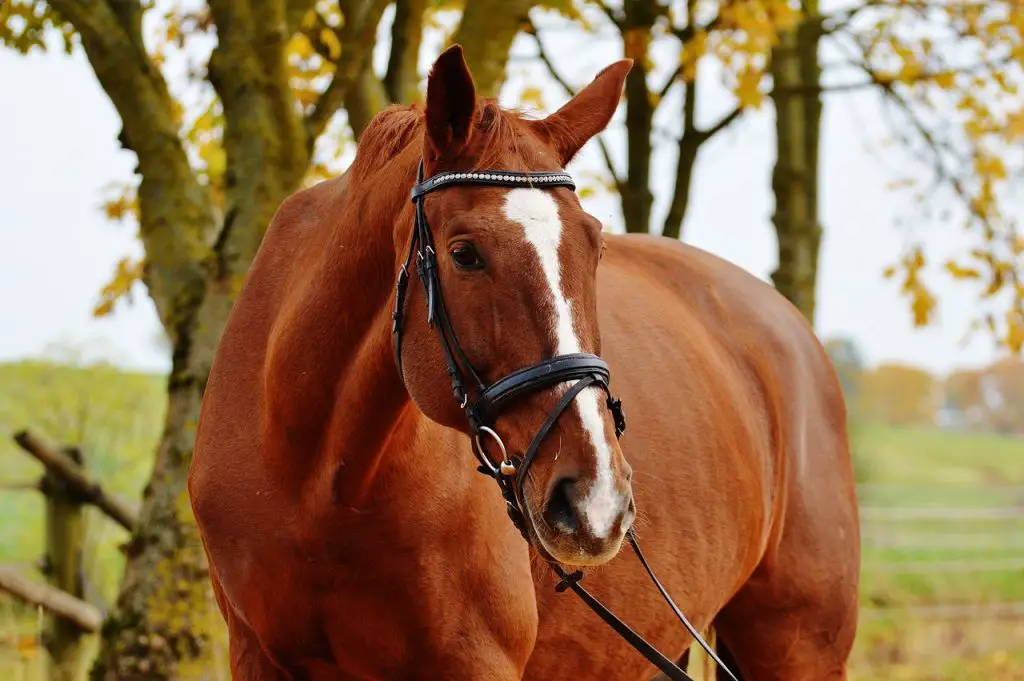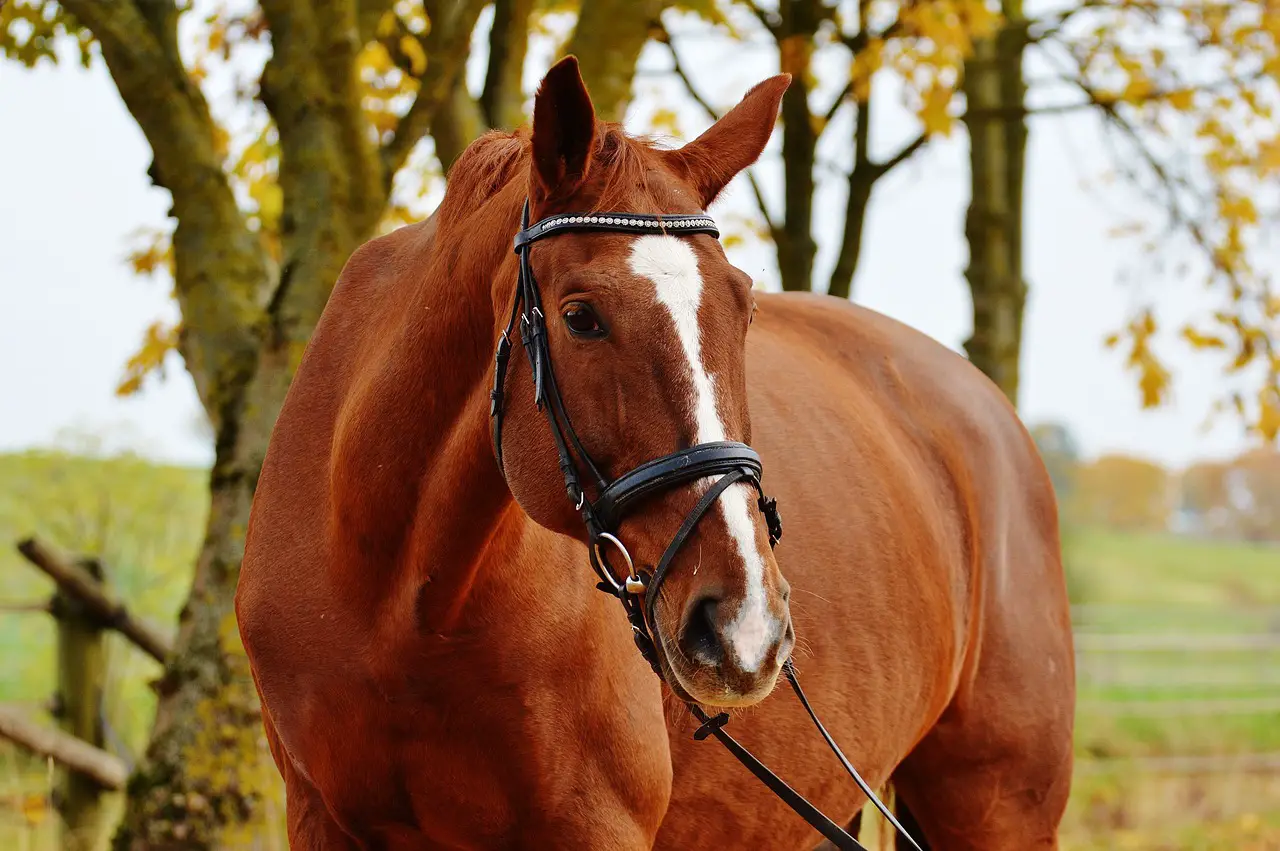Last Updated on March 15, 2022 by Allison Price
The loanee will be able to see that the horse is suitable for your purpose and the requirements of the owner. You are the loanee and you agree to pay livery fees and any other costs associated with keeping a horse for another person, plus competition fees. The horse may be enjoyed by the loanee, but not in exchange for any money or time spent on it. Without a written agreement, the loanee can take the horse back at any time.
It is important to have a loan agreement in place before you loan a horse. There have been many instances where the owner has refused to return the horse or left the loanee with it. This can lead to a difficult situation for the borrower as the owner cannot sell the horse and you must keep the horse.

Common disputes between loanee and owner involve disagreements about the level of care the horse receives. The owner may be very specific about the care of their horse and will insist on having it returned to them or changing standards immediately. While this can be a reasonable approach in some cases, it is not always the best. This dispute can be avoided by a loan agreement that details how the owner wishes the horse to trained and kept.
A standard form loan agreement typically only covers the most basic agreement between the loanee and the owner. The ‘one-size fits all’ standard agreement can be problematic and lead to disputes between owner and borrower, which could lead to thousands of pounds in legal fees. A loan agreement should be customized to each loan.
Each loan agreement should be written and signed by both parties. It should also include the following information:
- What is the length of the loan term?
- Are you eligible for a loan at no cost?
- Who pays for horse’s keep, farrier, competition fees, and worming costs?
- Who pays for the annual flu and tetanus vaccines for horses?
- Who is responsible to insure the horse?
- If the horse is injured and the veterinary doctor recommends that it be destroyed, can the borrower authorise this?
- Is it possible for either party to terminate a loan agreement? If so, under what circumstances?
- What happens if there is a dispute?
Another item that could be included is the option to buy the horse. In this case, the agreement must confirm the terms of the option purchase and/or the amount to be paid to the borrower. A dispute could be inevitable if the agreement is unclear and not thorough.
Top Tips For The Loanee:
- Before agreeing to the loan, always view the horse and test it out. Consider the viewing as a trial ride on a horse that you want to buy. Bring a list of questions with you to ask the owner.
- You need to get along with the owner. You should have a good relationship and trust with the owner.
- Before the loan begins, it is a good idea to have the horse tested for a period of time.
- Before the loan begins, make sure you have signed and finalized the loan agreement.
- It is vital that the loanee insures at least the horse against third-party liability. The horse’s keeper will be considered the loanee and could be held responsible for any damages caused by the horse to third parties’ property and/or persons. Third-party liability insurance is inexpensive and can protect you from this.
- Rider Insurance covers you for any personal injury, emergency vet’s fees, and third-party liability.
- Professionally draft the loan agreement. The legal fees involved in resolving a dispute between the owner and the loanee are minimal when compared to a loan agreement.


